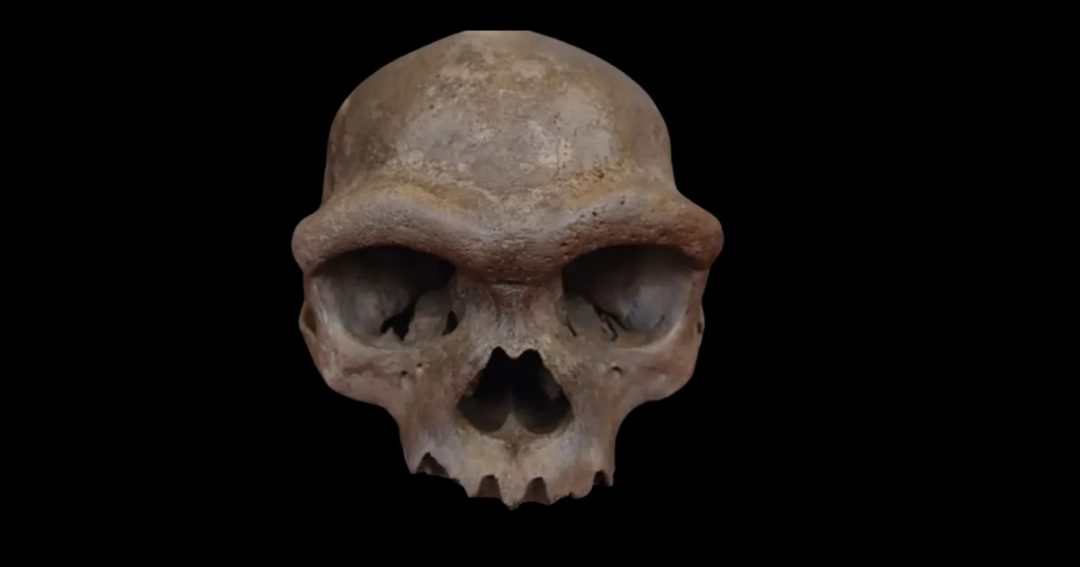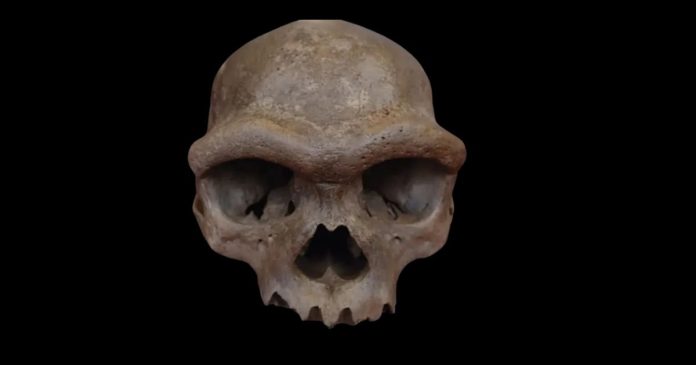A Face for the Forgotten Cousins
For decades, the Denisovans—an elusive branch of early humans—were known only through sparse DNA evidence and a few bone fragments. Now, thanks to a remarkably preserved fossil, the mystery has a face. New molecular studies confirm that the so-called “Dragon Man” skull, found near Harbin in northeast China, belonged to a Denisovan.
The Skull That Changed Human Evolution
The Harbin cranium, nearly complete and dated to about 146,000 years ago, was hidden for decades after its discovery in the 1930s. It features a heavy brow ridge, a low, elongated braincase, and a blend of archaic and modern features. These traits sparked debate over whether it represented a new species—Homo longi—or a known group. Now, DNA and protein analyses confirm its Denisovan identity.

Unprecedented Molecular Insights
In one of the most detailed protein analyses ever conducted on an ancient human fossil, researchers extracted over 20,000 peptides and identified 95 distinct proteins from the Harbin skull. These molecular markers closely matched those from known Denisovan remains, outperforming all previous fossil analyses in terms of protein coverage.
Genetic Link to Siberian Denisovans
Mitochondrial DNA extracted from the skull aligns with Denisovan groups that once inhabited Siberia between 217,000 and 106,000 years ago. The evidence points to a widespread Denisovan presence from Central to East Asia during the Middle Pleistocene, expanding the known range of this extinct lineage.
The Most Complete Denisovan Fossil Yet
According to experts like Chris Stringer of the Natural History Museum in London, the Harbin skull is the most complete Denisovan fossil ever identified. Unlike other Denisovan remains—mostly tiny bone fragments found in Russia’s Denisova Cave—Dragon Man allows researchers to reconstruct physical features and better understand their evolutionary context.
Challenging Previous Theories
In 2021, researchers proposed that the Harbin skull represented a previously unidentified species, Homo longi. But new genetic and proteomic studies overturn that hypothesis, firmly placing it within the Denisovan lineage. The study also confirms a jawbone found off the coast of Taiwan belongs to the same group.
Denisovans in the Spotlight
This discovery marks a major step forward in paleoanthropology. The Harbin skull not only gives Denisovans a face—it redefines our understanding of human evolution in Asia. As the research team noted, Denisovans were a resilient population, adapted to a wide range of environments over tens of thousands of years.
A Glimpse at the Ghosts of Our Past
With the Harbin skull, the scientific community can now visualize what Denisovans looked like—bringing life to a population long considered “ghost humans.” As paleoanthropologist Antonio Rosas puts it, Denisovans are becoming the new stars of human evolution.

